The research institute has developed a hand-jitter signal estimation algorithm with the best compensation effect, and a fuzzy logic (Fuzzy Logic) controller with low computational load and easy implementation, which can greatly improve the stability of the lens module of the mobile phone and improve the voice coil motor. The hysteresis effect will help the optical anti-shake technology to expand into the mobile phone market.
Optical anti-shake technology
Figure 1 shows a miniature camera module with optical image stabilization. The most representative technology of the anti-shake system is Electronic Image Stabilizer (EIS) and optical image stabilization technology. Among them, the electronic anti-shake technology uses image processing to prevent image blur. The electronic anti-shake effect depends on the design and efficiency of the algorithm. The system does not need to add additional hardware, which is suitable for miniaturization design, but usually must sacrifice image resolution. Rate (or image size), which is its main drawback.
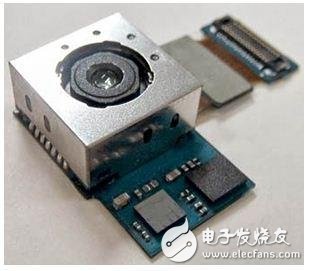
Figure 1 Image sensor and optical image stabilization module
The optical image stabilization technology is divided into two types: Sensor-shift Optical Image Stabilization and Lens-shift Optical Image Stabilization (Fig. 2). The optical image stabilization system utilizes an optical lens set (Lens). Or the movement of the Image Sensor to compensate the user's hand shake, so the image resolution will not be sacrificed, and the added value of the product will be greatly improved.
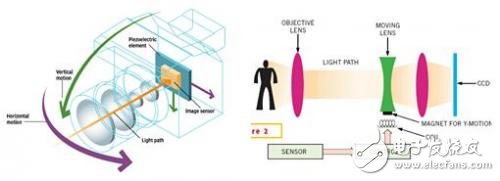
Figure 2 is a schematic diagram of an optical anti-shake system; (A) an optical anti-shake system for moving the image sensor; (B) an optical anti-shake system for moving the lens.
Hand jitter signal estimation technique
Optical image stabilization requires additional actuator design, so key key technologies include controller design and user hand vibration signal estimator design. The hand shake signal estimator algorithm uses a MEMS inertial sensor mounted on a smart phone to sense a shaking signal generated by a hand when a user shoots, and drives a precision voice coil motor driven by a miniature camera module via a closed loop control system to compensate the user. Shake caused by the hand to avoid blurring of the captured image. The jitter signal estimator includes inertial sensors (multi-axis gyroscopes and accelerometers) and inertial sensing signal processing algorithms. The South Branch of the Industrial Technology Research Institute has invested in the development of inertial signal estimation technology for many years, and has successfully applied it to pedestrian/travel inertial navigation and optical image stabilization systems, and has achieved considerable results.
After the hand shake signal estimator uses the gyro component to sense the hand shake signal, the jitter angle signal can be obtained through digital signal processing and integral calculation. After the experimental measurement analysis, the general hand vibration frequency characteristic main frequency band is 2-12 Hz. Therefore, the signal processing algorithm also designs the filter for the signal characteristics of the frequency band. The developed algorithm uses the first-order low-pass filter and the high-pass filter to filter out the high-frequency noise signal and the low-frequency active signal. The user operates the signal generated by the camera).
The low-pass and high-pass filters can compensate for the jitter signal of a specific bandwidth, and can avoid the phase delay caused by the filter to the signal, so that the signal processing algorithm and the control system can be integrated to obtain the best compensation effect, so that the anti-shake module Can achieve the expected performance. The algorithm considers the phase change of the jitter signal caused by the filter, so the adaptive hand jitter estimator developed by this method can obtain accurate hand jitter estimation signal in the wide-band domain. Figure 6 is a block diagram of the jitter signal estimator.
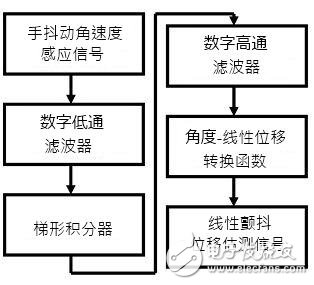
Figure 3 hand jitter signal estimator block diagram
Optical anti-shake controller design
The key technology of another optical image stabilization system is the controller design. Most of the miniature camera module actuators use voice coil motors, but they have nonlinear characteristics such as hysteresis, friction and time-varying parameters. Therefore, controller design must be considered. To the nonlinear characteristics and the computational load at the time of implementation. Fuzzy Logic Controller has many advantages such as low computational load, no need for accurate mathematical model of controlled system, easy implementation of architecture and effective compensation of nonlinearity of microactuator. In recent years, ITRI South Branch The developed optical image stabilization system successfully uses the fuzzy controller to drive the voice coil motor, thereby compensating the displacement compensation signal calculated by the hand shake signal estimator algorithm to achieve the anti-shake effect. The optical image stabilization system is shown in Figure 4.
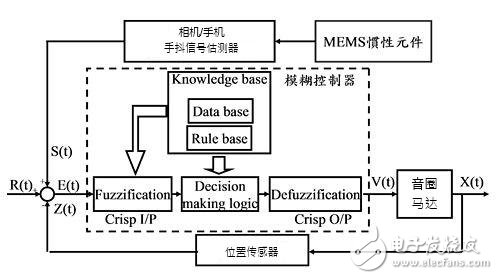
Figure 4 optical anti-shake system block diagram
Anti-shake performance verification
At present, the anti-shake performance on the market is mainly divided into 1 to 4 levels. In general, the anti-shake performance level is estimated by the magnification of the safe shutter speed, which is equal to the shutter length of one second of the focal length. For example, if the focal length of the lens is 40 mm (mm), then The speed of the safety shutter is 1/40 second. Use a clear image below the safe shutter speed. The anti-shake level is the magnification of the safe shutter speed. If the safe shutter speed is 1/40 second, for example, the anti-shake Performance level 4 means that the camera can still capture clear images at (1/40)×2^4=1/2.5 second shutter speed, and the image clarity can be less than the Stabilization Rate (SR). -15dB or ISO-12233 to identify Image Sharpness.
Among them, the stability rate experiment is mainly based on the optical anti-shake system in the case of vibration compensation and no vibration compensation, the fixed shutter time condition determines the shooting test target, and the anti-shake performance is evaluated by the ratio of the image vibration pixel (height) on the photographed photo. See Figure 5 for a description of the stability rate.
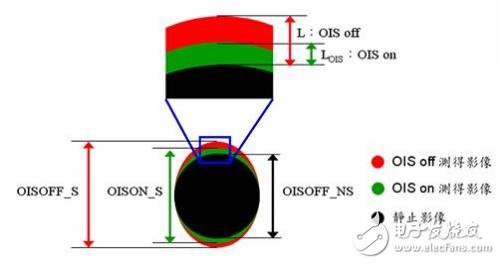
Figure 5 anti-shake stability rate definition map
OISOFF_S represents the image pixels (vertical height) captured when the optical image stabilization system is turned off and the camera is used when the camera is shaken; OISON_S represents the image pixels (vertical height) captured when the optical image stabilization system is turned on and the camera shake is generated. ; OISOFF_NS represents the image pixel (vertical height) captured when the OIS system is stationary when the optical image stabilization system is turned off and no hand shake is generated. The adaptive optical image stabilization system developed by the South Branch of the Industrial Technology Research Institute has reached the market-level four-level anti-shake performance.
12 Coaxial Speaker,Coaxial Speaker 12 Inch,12 Inch Coaxial Speaker,Pro Audio Coaxial Speakers
Guangzhou Yuehang Audio Technology Co., Ltd , https://www.yhspeakers.com